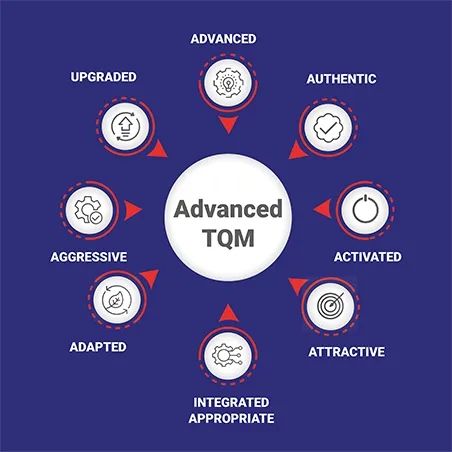
- Specify & deliver value as seen by the customer.
- Identify and create end to end Value Streams.
- Make the value flow from raw material to customer – eliminate waste.
- Pull Production not Push.
- Strive for Perfection: continual improvement.
Value stream mapping refers to the activity of developing a high-level visual representation from start to finish of the process flow involved in delivering a desired outcome, service or product (a “value stream”) to customers. The typical products of a two to five day VSM event are two maps—a “current state” map of the targeted processes and a “future state” map of the desired process flow—and an implementation plan for future process improvement activities.
Value stream maps help people see not only waste but the source of the waste, they help to target future kaizen improvement events on specific processes or process steps in the value stream towards its desired “future state” value stream map.
- 5S: 5S is an improvement process involving five steps (Sort, Set in order, Shine, Standardize and Self Discipline) to create and maintain a clean, neat, and high performance workplace. 5S is often used to ready the workplace for future kaizen events and continual improvement efforts. Some organizations add a sixth “S” for Safety.
- Standard Work: Standard work represents the sequence of activities needed to perform a given operation. Improvements made during kaizen events are immediately documented as standardized work to ensure that all employees understand and uniformly implement the new process.
- Visual Controls: Visual controls are used to reinforce standardized procedures and to display the status of an activity so that every employee can see it and take appropriate action as needed. Visual controls are frequently implemented during kaizen events to simplify the workplace and provide visual feedback on process performance.
- Eliminate or dramatically reduce backlogs.
- Reduce lead times by more than 50%.
- Decrease the complexity of processes and eliminate not value adding process steps.
- Improve the quality and consistency of work products and activities.
- Cost savings
- Allocate more staff time to “mission critical” work.
- Improve staff morale.
- Enhance process transparency to internal and external audiences.
- Takes a “customer service” perspective that seeks to optimize value delivered to the environment, the public, and the regulated community;
- Involves employees and external stakeholders in continual improvements and problem-solving activities;
- Deploys a rapid continual improvement framework that emphasizes implementation rather than prolonged planning;
- Seeks to reduce the complexity of processes and
- Uses metrics and visual controls to provide rapid feedback to improve real-time decision-making and problem-solving.
- Running tighter and real-time performance and cost controls in operations,
- Rethinking business models and strategies,
- Acquiring entirely new capabilities in Data Analytics, Technologies & Social Media,
- Continuously launching new ideas,
- Improving the digital customer experience,
- Optimizing existing processes and services by removing waste.
- Develop quality new products & services & offer them fast to customer at competitive price.
- Create new digital end-to-end customer experience.

